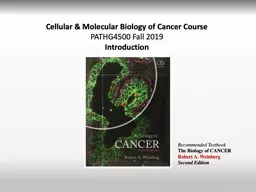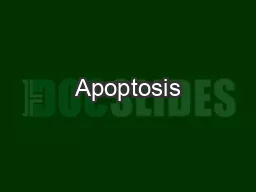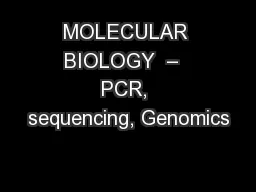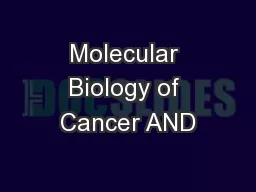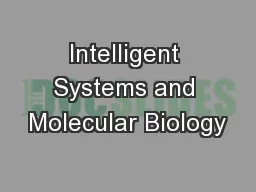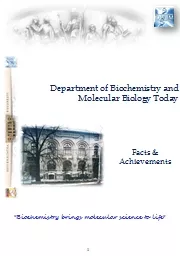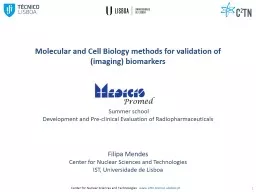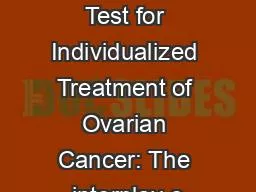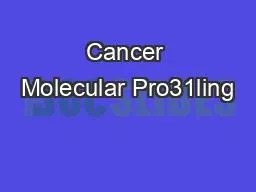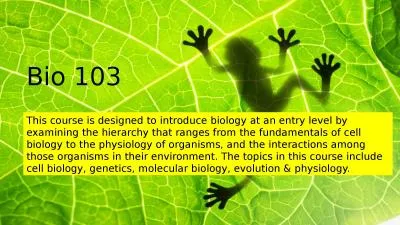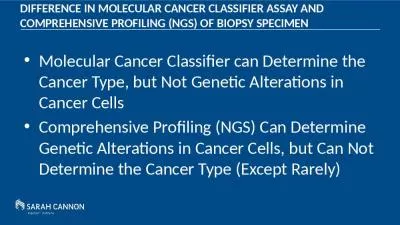PPT-Cellular & Molecular Biology of Cancer Course
Author : marina-yarberry | Published Date : 2020-04-03
PATHG4500 Fall 2019 Introduction Recommended Textbook The Biology of CANCER Robert A Weinberg Second Edition Cancer Biology PATHG4500001 Meets on select Mondays
Presentation Embed Code
Download Presentation
Download Presentation The PPT/PDF document " Cellular & Molecular Biology of Can..." is the property of its rightful owner. Permission is granted to download and print the materials on this website for personal, non-commercial use only, and to display it on your personal computer provided you do not modify the materials and that you retain all copyright notices contained in the materials. By downloading content from our website, you accept the terms of this agreement.
Cellular & Molecular Biology of Cancer Course : Transcript
Download Rules Of Document
" Cellular & Molecular Biology of Cancer Course "The content belongs to its owner. You may download and print it for personal use, without modification, and keep all copyright notices. By downloading, you agree to these terms.
Related Documents

